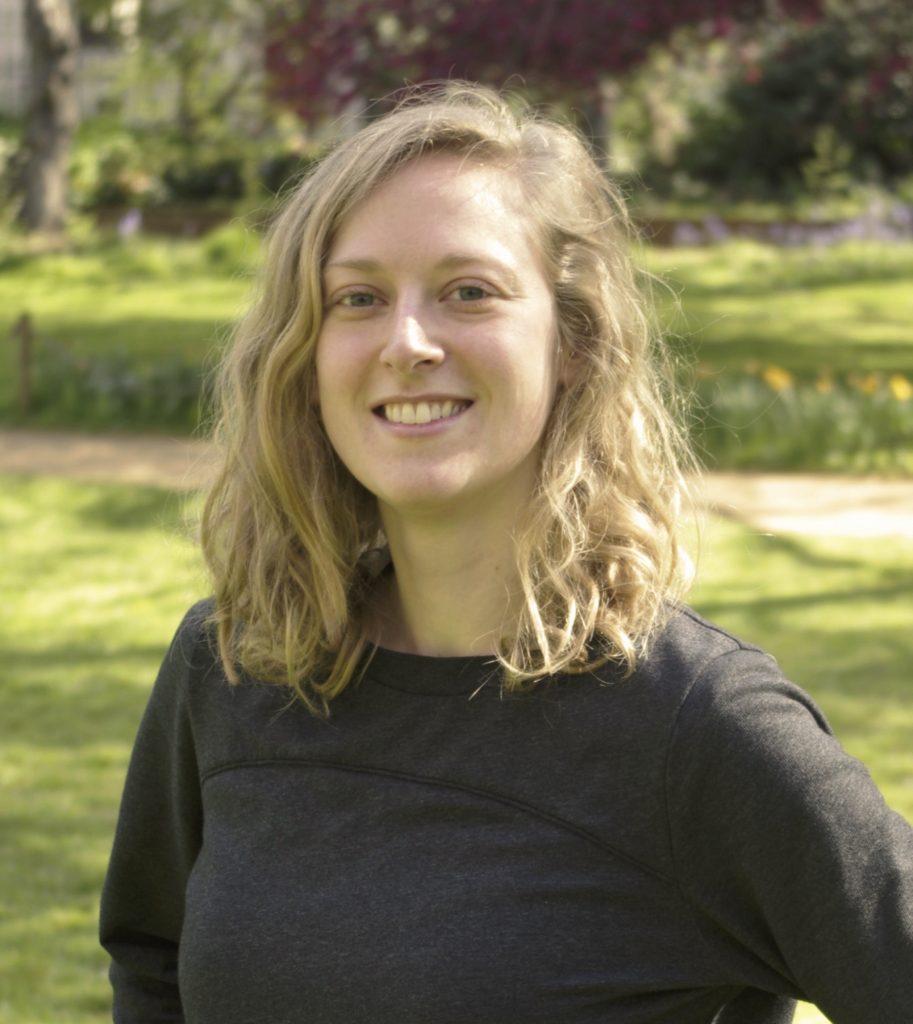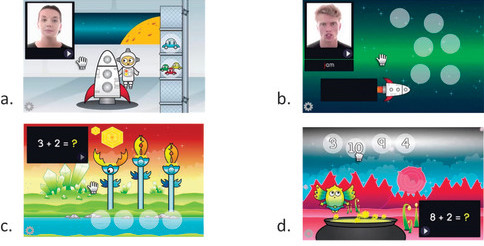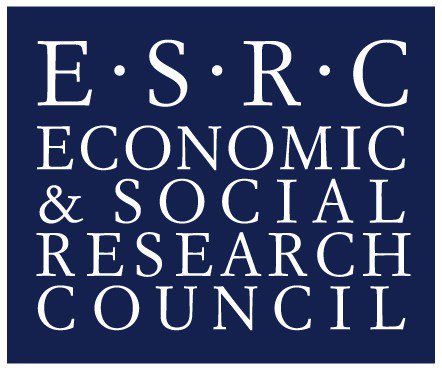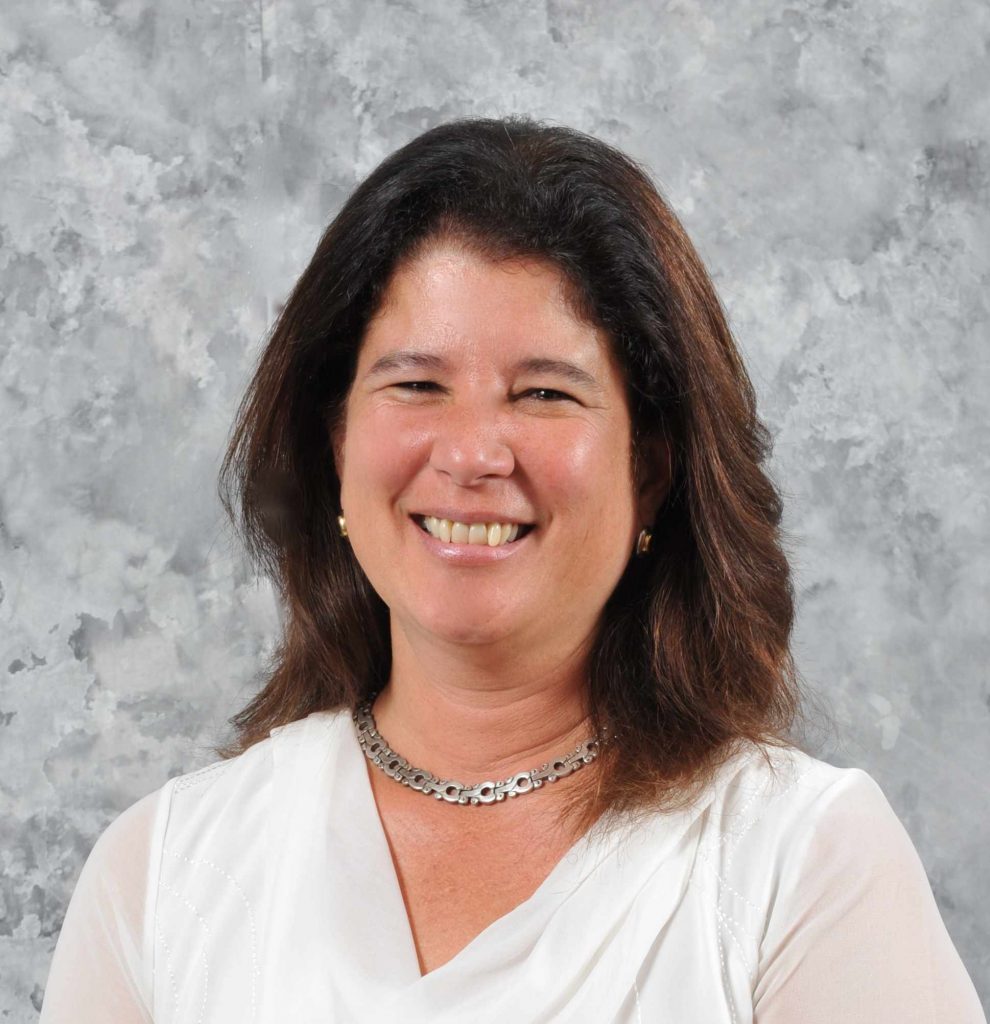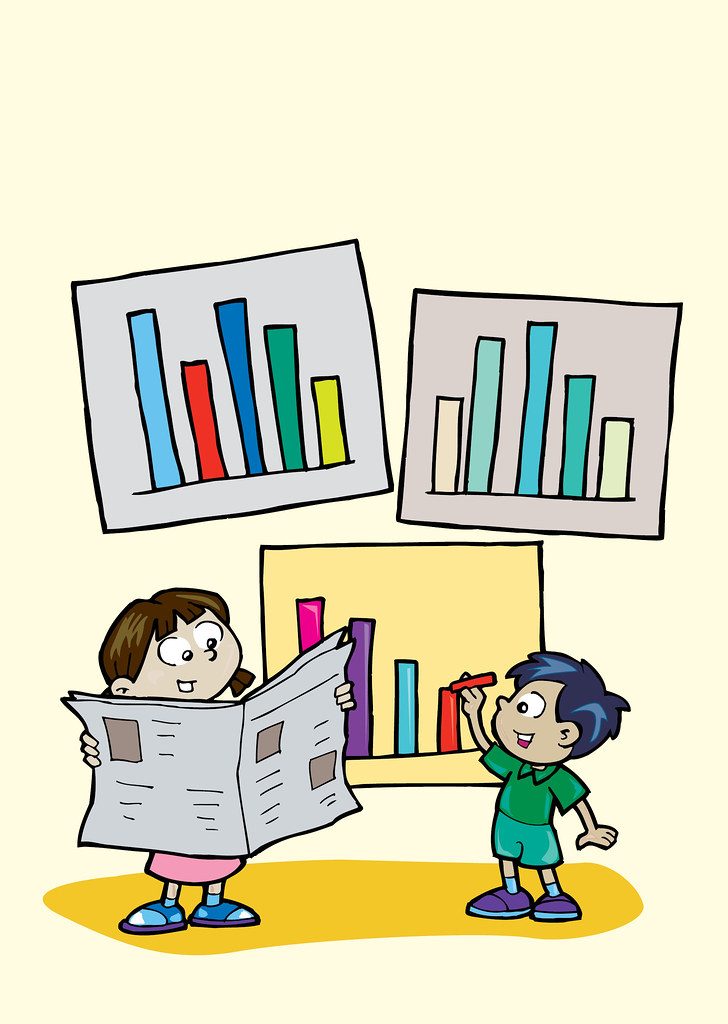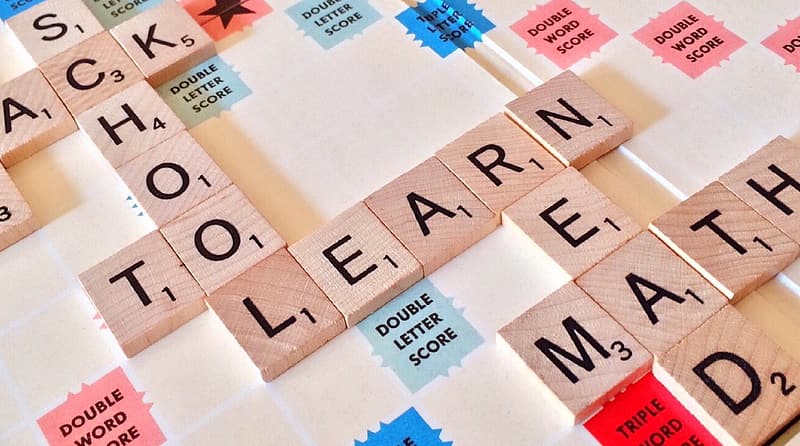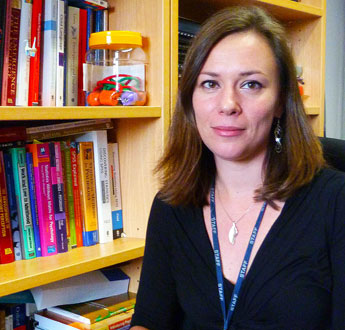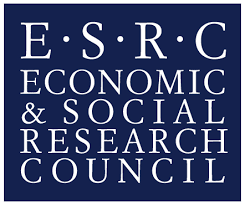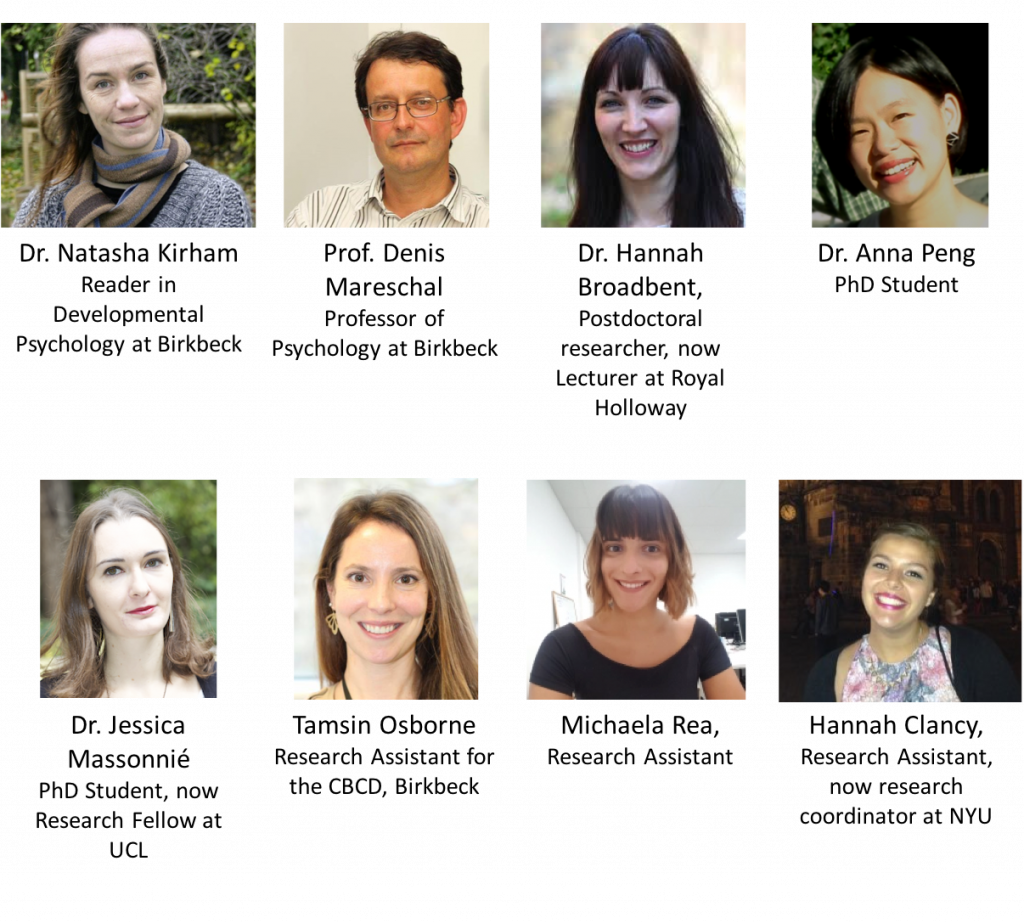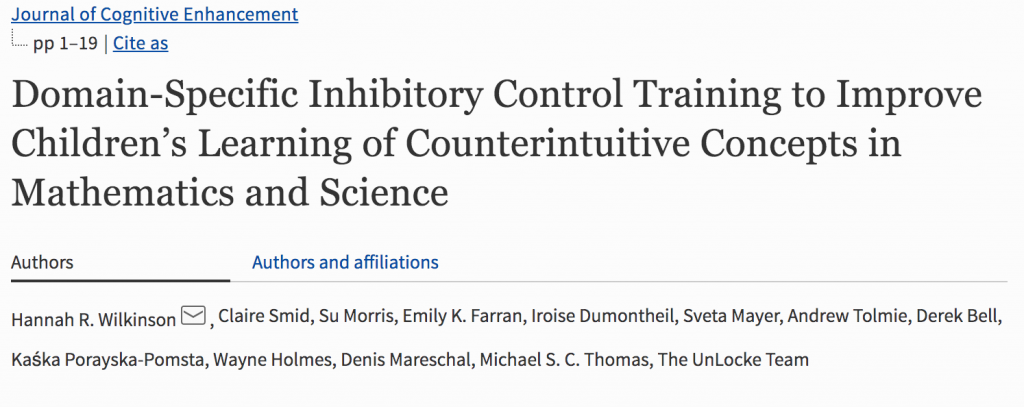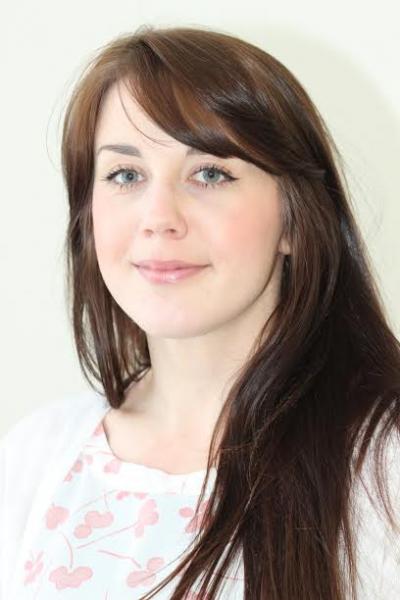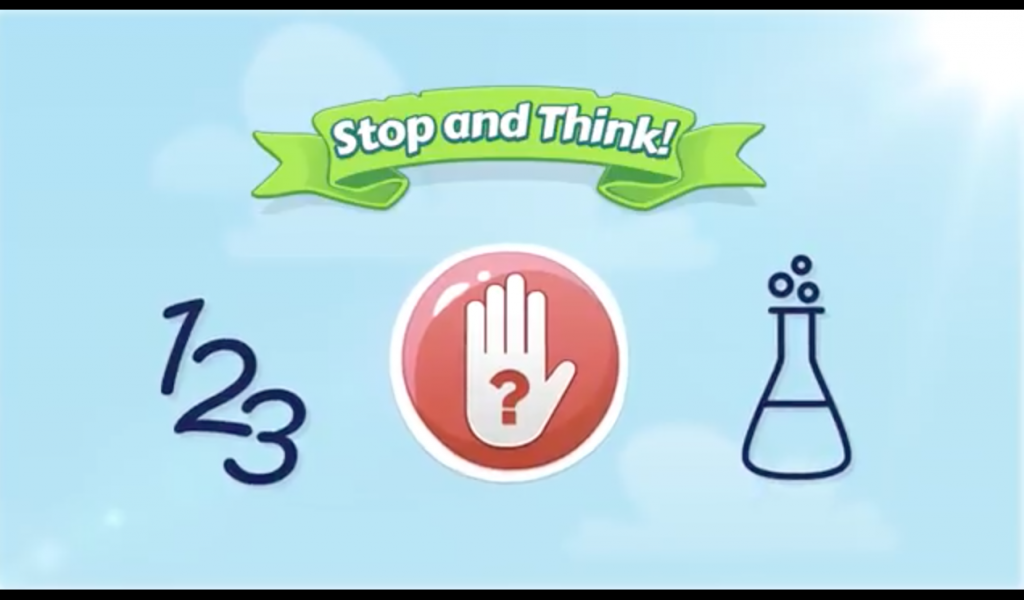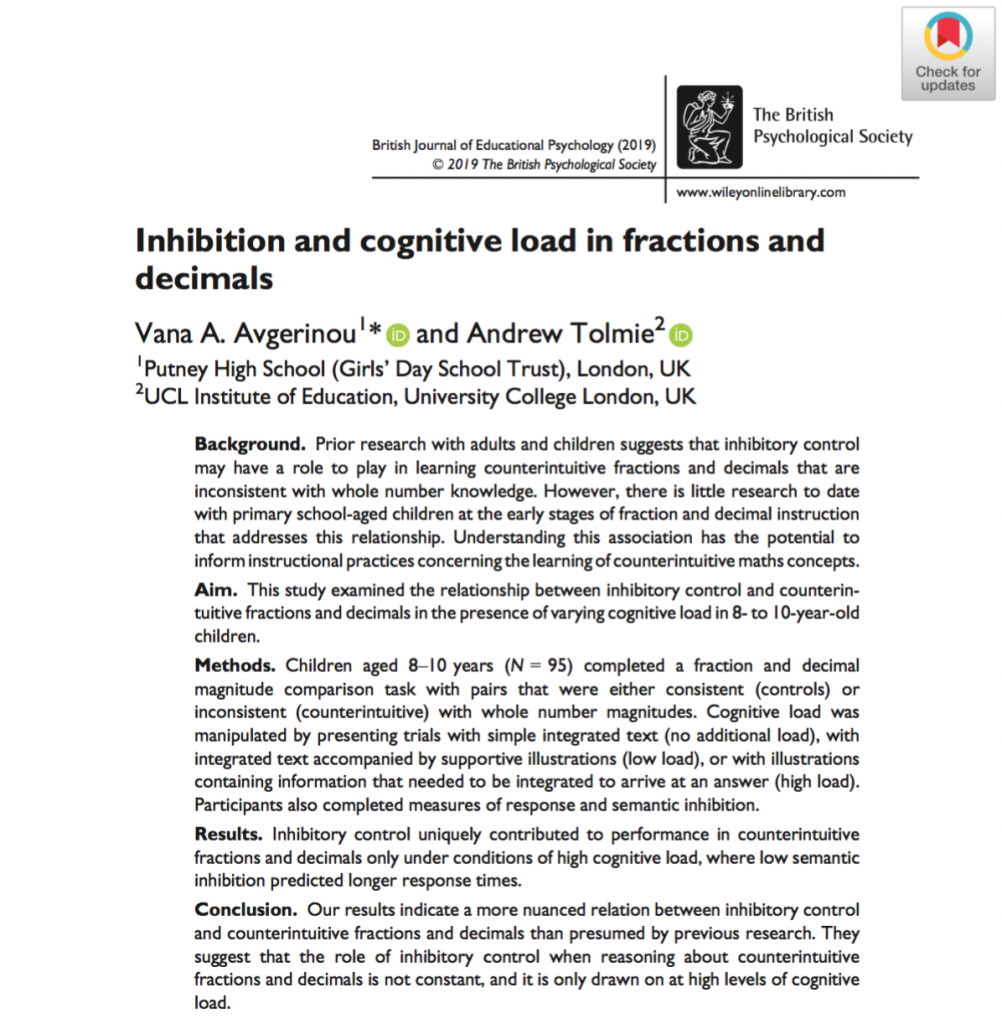On Thursday 6 February, Dr Annie Brookman-Byrne from The Psychologist magazine spoke at the CEN seminar. Annie is an alumnus of the CEN, having completed her MSc, PhD, and a post-doc in the centre, leaving in 2019. Here she summarises the discussion that was had around her experiences communicating educational neuroscience to a wide audience.
Who do we need to communicate with?
Teachers
The key group that we need to communicate with is teachers. Ideally, we hope to share strategies from research that teachers can use in the classroom, but teachers may also simply benefit from understanding more about neuroscience. We might speak to teachers about the field of educational neuroscience, trying to get them on board (see this example of a paper I wrote for teachers with Michael Thomas), or we might share our own research and results with them, particularly if they’ve been part of our research.
There’s increasing interest in getting educational neuroscience, or the science of learning, into initial teacher training. Paul Howard-Jones and his team have identified three categories of learning that they teach to secondary teachers on their programme – these are engagement, building knowledge and understanding, and consolidation of learning. They explain these concepts from a neuroscientific perspective and argue that an understanding of these mechanisms helps teachers to understand why things they try in the classroom do or don’t work. Kendra McMahon and Pete Etchells have adopted a different approach in their primary teacher training, focusing on neuromyths, and enabling teachers to critically understand educational programmes. They aim to help teachers become ‘critical consumers’ of the evidence.
While many of us would like all teachers to engage with us, I am increasingly aware that we need to ensure that teachers don’t feel like they have to engage. Teachers are extremely busy people, often facing many stresses in their jobs, so my aim is to be ready for when they do seek information, providing tools and strategies, rather than strict guidelines. I helped to run the Science of Learning Zone, part of I’m A Scientist, Get Me Out Of Here, which allowed teachers and researchers to communicate with each other about science relating to the classroom. It was an easy way for teachers and researchers to interact, since it was all via computer.
Students
Students are another key group that educational neuroscientists communicate with. Sometimes we’re sharing the results of research that they’ve participated in, or we might just be passing on information that has potential benefit for them (e.g. inhibitory control, sleep, diet, learning techniques). When we’re telling students about these, we have to be careful not to make them anxious, for example through over-emphasising the importance of sleep, which they may have very little control over. But overall, I’d hope that information given to students would ultimately be helpful and potentially reassuring – for example, learning that IQ fluctuates may be encouraging to those who feel they are performing less well than their peers.
I participated in a play for adolescents, created by Cardboard Citizens in collaboration with Iroise Dumontheil, about brain development that aimed to help students understand their own behaviour, and hopefully change it. The play involved a series of events that went badly for the characters, and by the end of the play they were near homelessness or self-harm. The teenagers in the audience were asked to choose a scene where a character could have acted in a different way to change the outcome. Each performance had a neuroscientist present, to explain why the character behaved in a certain way, what was happening in their brain, and why a new strategy might be better. The play introduced the idea of metacognition: the idea that we can think about our thoughts and feelings, and try to change them.
Go to the I’m A Scientist website to look out for opportunities to talk to school students online about science.
Parents
In between students and teachers, researchers are indirectly connected to parents, who receive information about research projects that are carried out in schools. Information sheets typically only include very specific information about one study. For me, that’s about the extent of my engagement with parents. Chloë Marshall spoke about a UCL event for engaging with parents, where everything is set up by the university to make it easy for academics. Jessica Massonié suggested that an extension of the CEN’s Bright Sparks public engagement event could include talking to parents about key topics in educational neuroscience.
Academics
The final group on my list of people to communicate with about educational neuroscience is other academics, which I consider to be a genuine challenge for us. There are of course those who believe that education and neuroscience are not related (or, I would argue, who don’t really understand what educational neuroscience is). Part of my motivation for writing about educational neuroscience in The Psychologist (long before I started working there!) was to convince other academics that educational neuroscience is worthwhile. But there are also those who can be defensive, and think we’re telling them they must take an interest in education. Just as all teachers needn’t engage with educational neuroscience, all researchers needn’t take an interest.
Policymakers
At the end of the discussion, Michael Thomas pointed out that I was missing a key group – policymakers. I have no experience of communicating with policymakers, and Michael spoke of the challenge in communicating with this group. Policymakers want things that will work, which they will then mandate. This is tricky for us, because our aim is to empower teachers, not to mandate. But, Michael said, if we don’t do it, others will (and they do). So we can’t just keep saying that the evidence is premature, we need to use what we do know. For example, we know that socioeconomic status is more influential on academic outcomes than school and teacher quality – that kind of information could be used to inform policy.
How can we communicate?
There are many different ways of communicating with these audiences, including blog posts (which are so easy to do!), talks, podcasts (such as the Learning Scientists’ podcast). If you have a bit of a budget, you can do even more exciting things like the play I mentioned above. I was lucky to get funding for a project with Georgina Donati – we created a film about the adolescent brain for teachers. The film is hosted on a website with loads of information about brain development. We created the film following a focus group with teachers who gave us really helpful feedback on our ideas which really helped us decide how to frame the film. In-person discussions are a really good way of communicating, and at the 2018 SIG 22 conference we used an open space format, allowing any attendee to pose a topic for discussion.
A number of people mentioned other forms of communication, including INSET days, workshops, and BNA resources for teachers. Overall I concluded that a diversity of format is good for reaching different audiences who will have different preferences for how and when to talk with researchers.
Challenges in communicating educational neuroscience
Sharing your opinions, and putting your writing into the public domain can be scary, especially when writing about individuals. What if you’re wrong? What if someone argues with you on Twitter and you need to respond? This can be very off-putting, especially at the beginning… But you don’t have to respond to every comment, and it’s okay to disagree with people. In my experience it’s very rare that people actually want to get into an argument.
A key challenge for me is the lack of feedback from many of these activities. How do you know that you’ve reached your intended audience? And how do you know if you’ve made anything change? I get feedback mostly through Twitter, and only from those who have strong opinions, and typically academics rather than teachers. One person in the discussion said that teachers often expect a strategy or top tip, so might not be impressed when they hear from us that there are no quick fixes. I do find that a lot of my blog posts end with a variation of ‘we don’t really know the answer yet’ so I can understand that this is frustrating. Andy Smart suggested that I follow more teachers on Twitter to help my voice get heard by them. Michael Thomas pointed out that web analytics can be useful for at least seeing how many people are reading posts and how they’re getting to your site.
Benefits of communicating
Despite these challenges, it really isn’t all bad! Even if all you do is write one blog post, that’s one thing that people can read when they search for you. I started blogging when I was applying for PhDs, and my main motivation was that I wanted anyone who googled me to be able to find something that I’ve written. I thought that if I did just three a year, then within a couple of years I’ve got six pieces for people to read. It’s also great writing practice, which will be useful – Iroise Dumontheil said that writing in an accessible style is increasingly important in grant applications. One thing I love about blogging is that it’s so fast. You might have an idea one afternoon, sit down to write it for a few hours, then it’s online by the evening. Communication can also allow you to be creative.
Getting teachers’ and students’ opinions may help to inform your research. You may start new collaborations with particularly keen people you communicate with. It can also be useful to get feedback from other academics on your work – I’ve heard a few educational neuroscientists say that communicating with other academics has made them think harder about the aims and remit of the field, which has ultimately been a good thing.
My back catalogue of blog posts has helped me to remember what I was thinking in the past – it’s been a useful resource for myself that I can draw on. It can also help you keep up to date with the field – I’m always on the lookout for the latest educational neuroscience work that might be interesting to write about. I’ve also met new people and found new opportunities through communicating, such as getting involved in projects and being invited to interesting events. Ultimately you might end up enjoying it so much that you end up making a career out of it!
Getting started
If you’d like to communicate educational neuroscience and you’re not sure where to start, I’d recommend creating a blog. You could make your own, or find friends in a similar area. I use blogger, which is very easy to set up. You could also create a profile on the NPJ Science of Learning community, which is also easy to use and will help you reach a wider audience. You could think about submitting your work elsewhere – to the Jacobs Foundation Blog on Learning and Development (BOLD) for example, or of course The Psychologist!
Write just 500 words, on something that you know about, perhaps something that might seem obvious to you but wouldn’t to others. If you’re stuck for ideas, then you could review a podcast or a book, report on an event, or write an opinion piece. I also look out for pieces in the news that I can write a response to (even if it’s not explicitly a response).
You could also share your ideas on social media, perhaps using a Twitter thread, and the hashtag #edneuro so that we can all find each other’s posts.
Remember to use simple language, and that it’s not an essay. Very often you can just drop instances where you’ve said “Research has shown that…”, as you’ll be linking to the source anyway. At The Psychologist we are working on a guide to writing science pieces for a wide audience, so look out for more advice on writing soon!
Thanks to everyone who joined in with the discussion.

